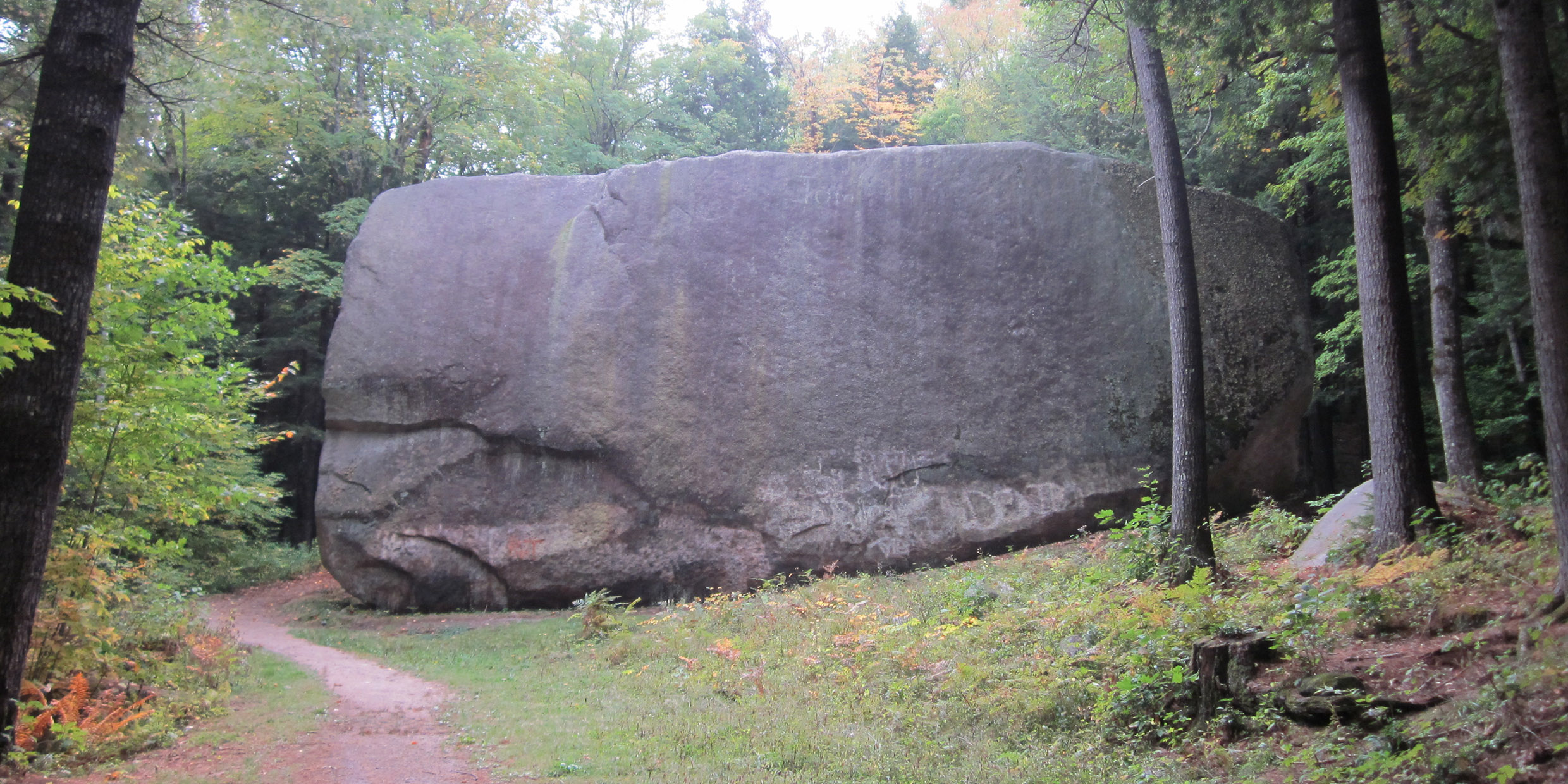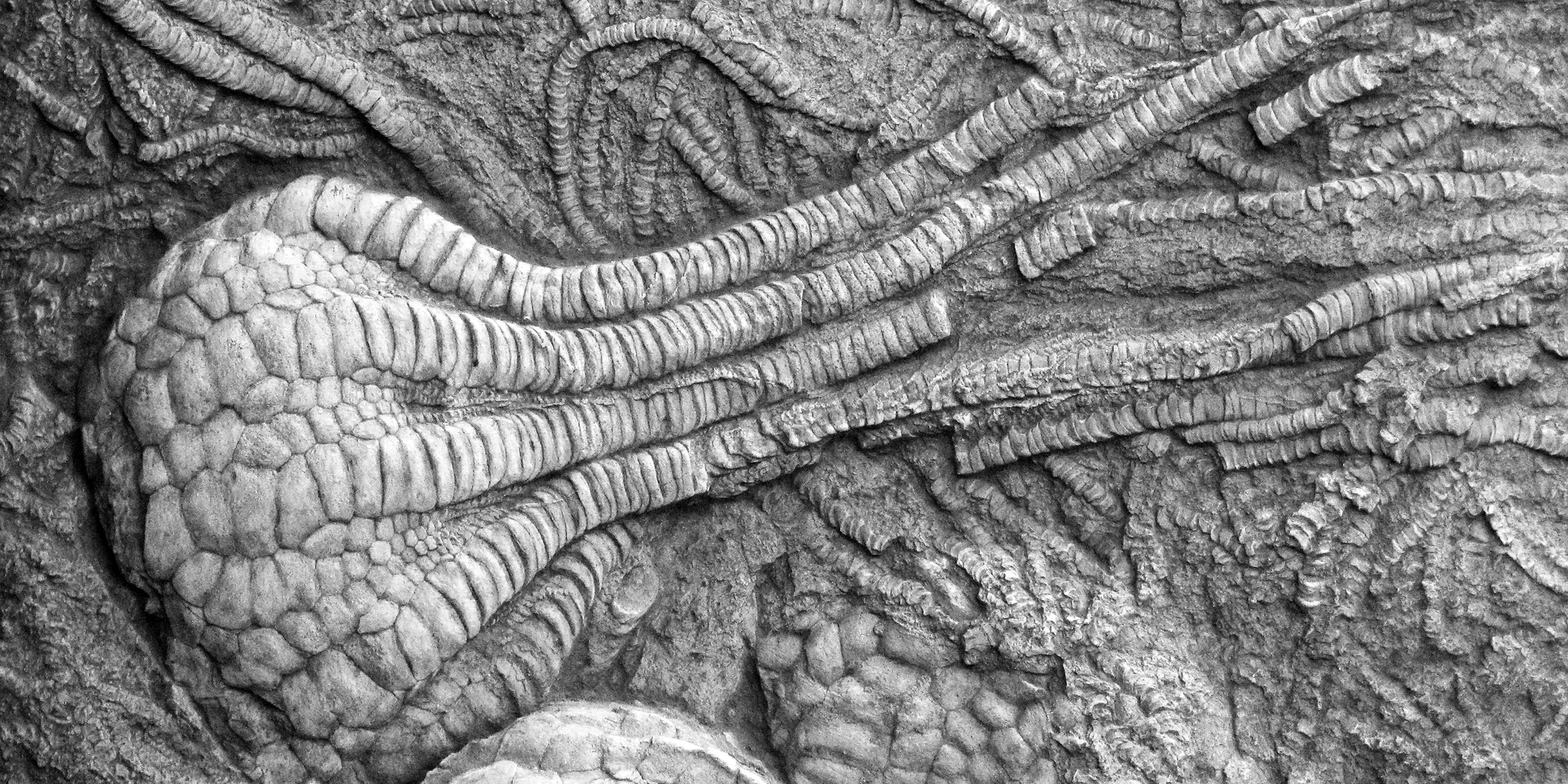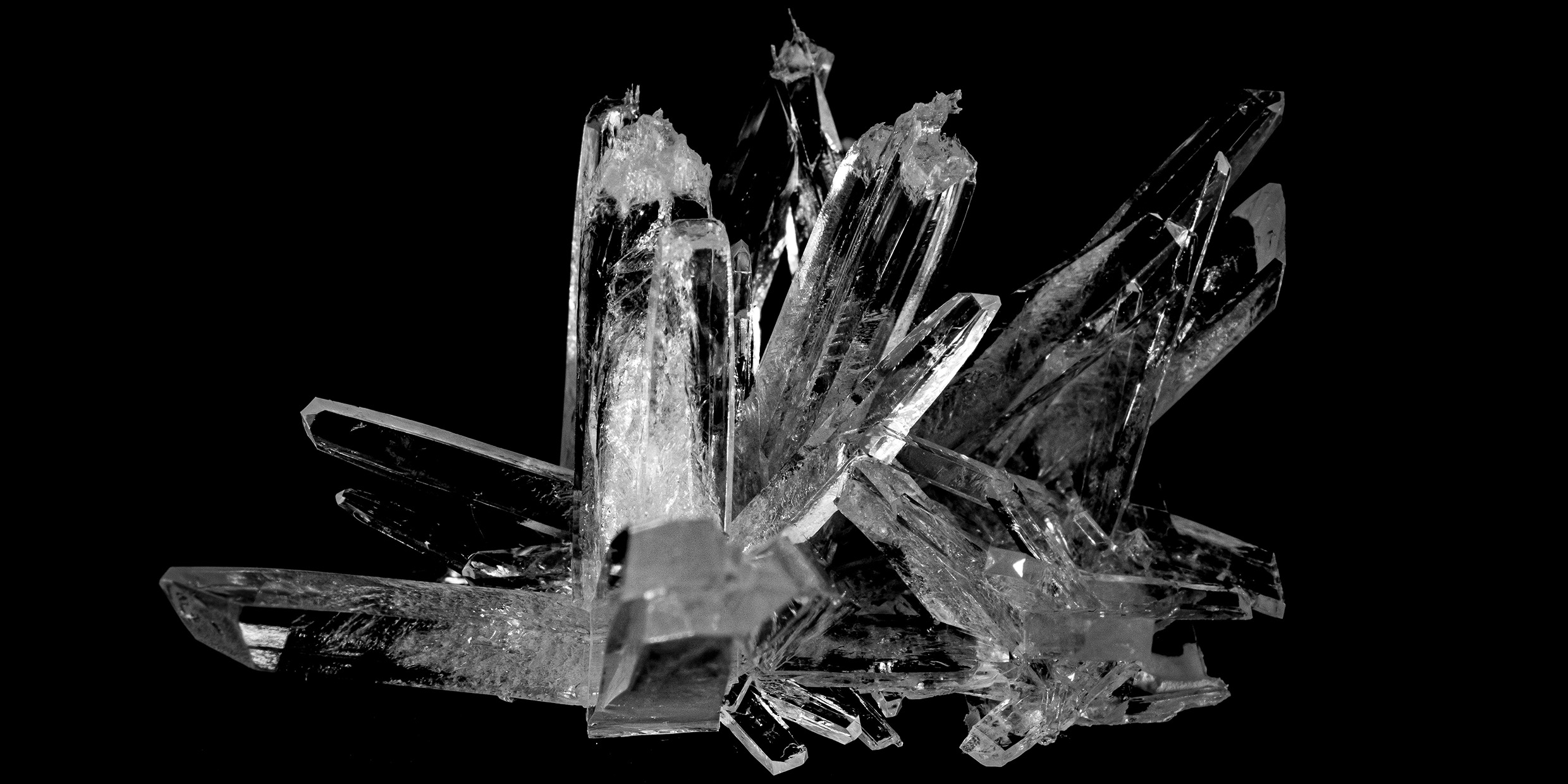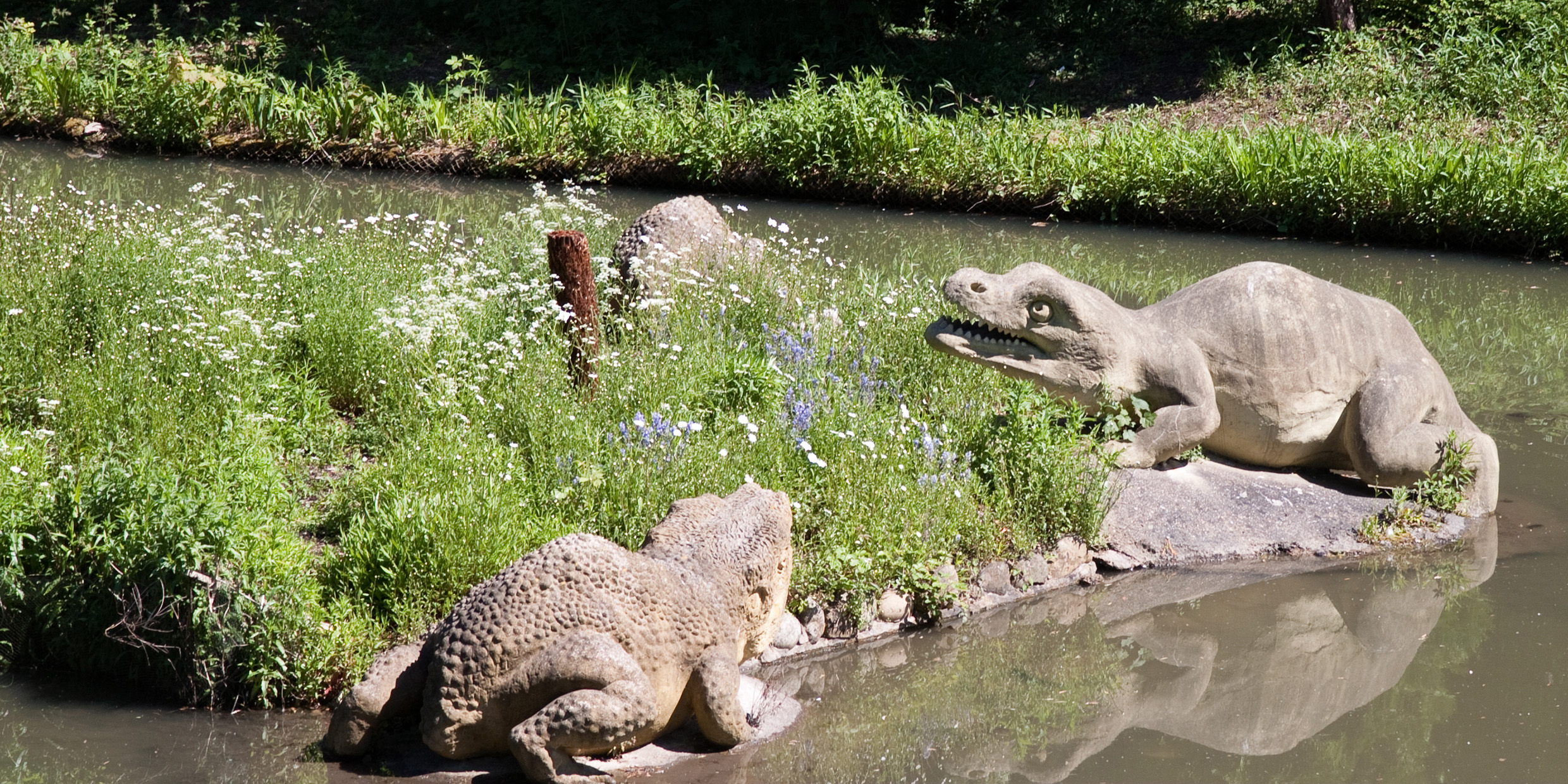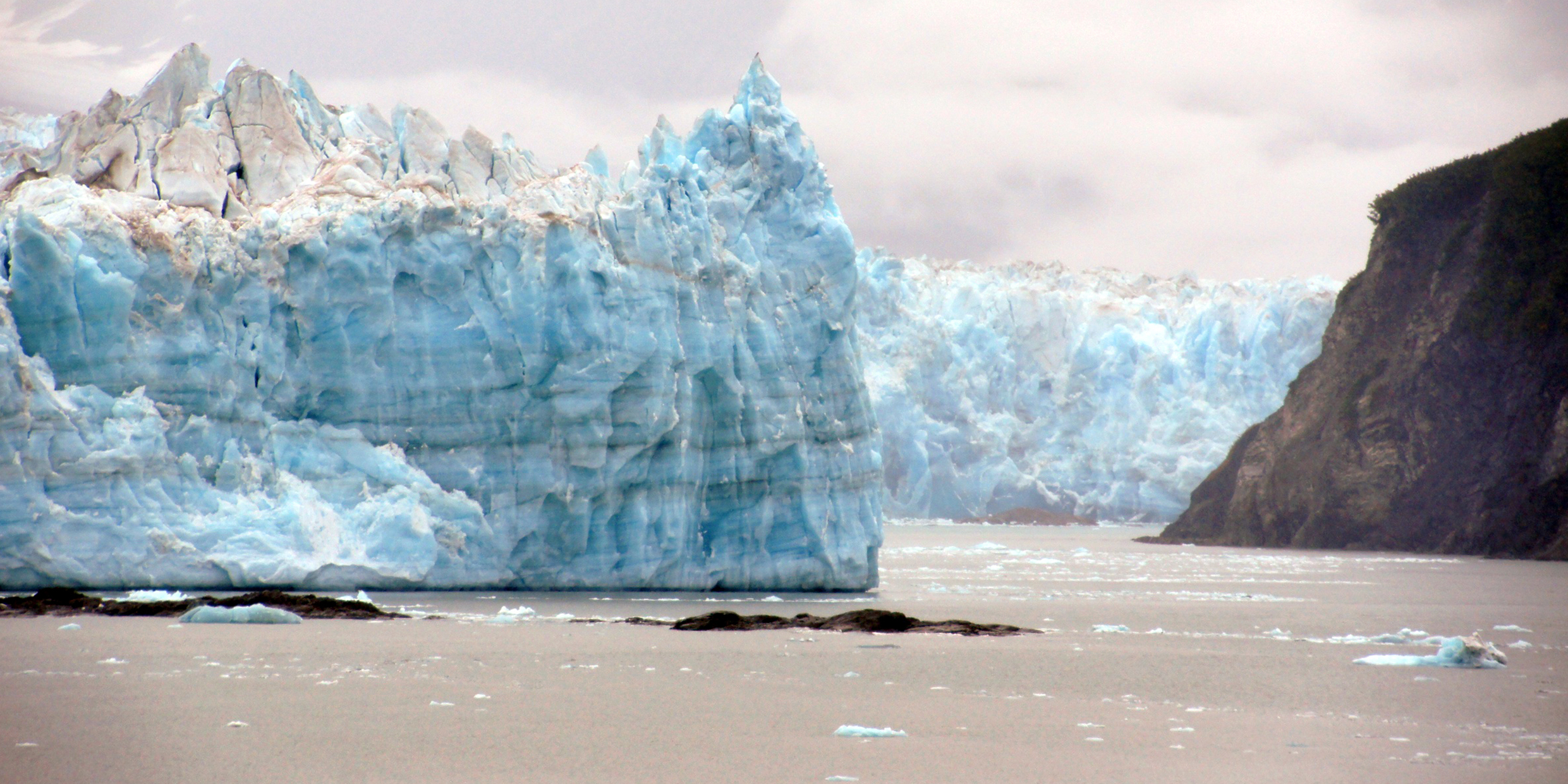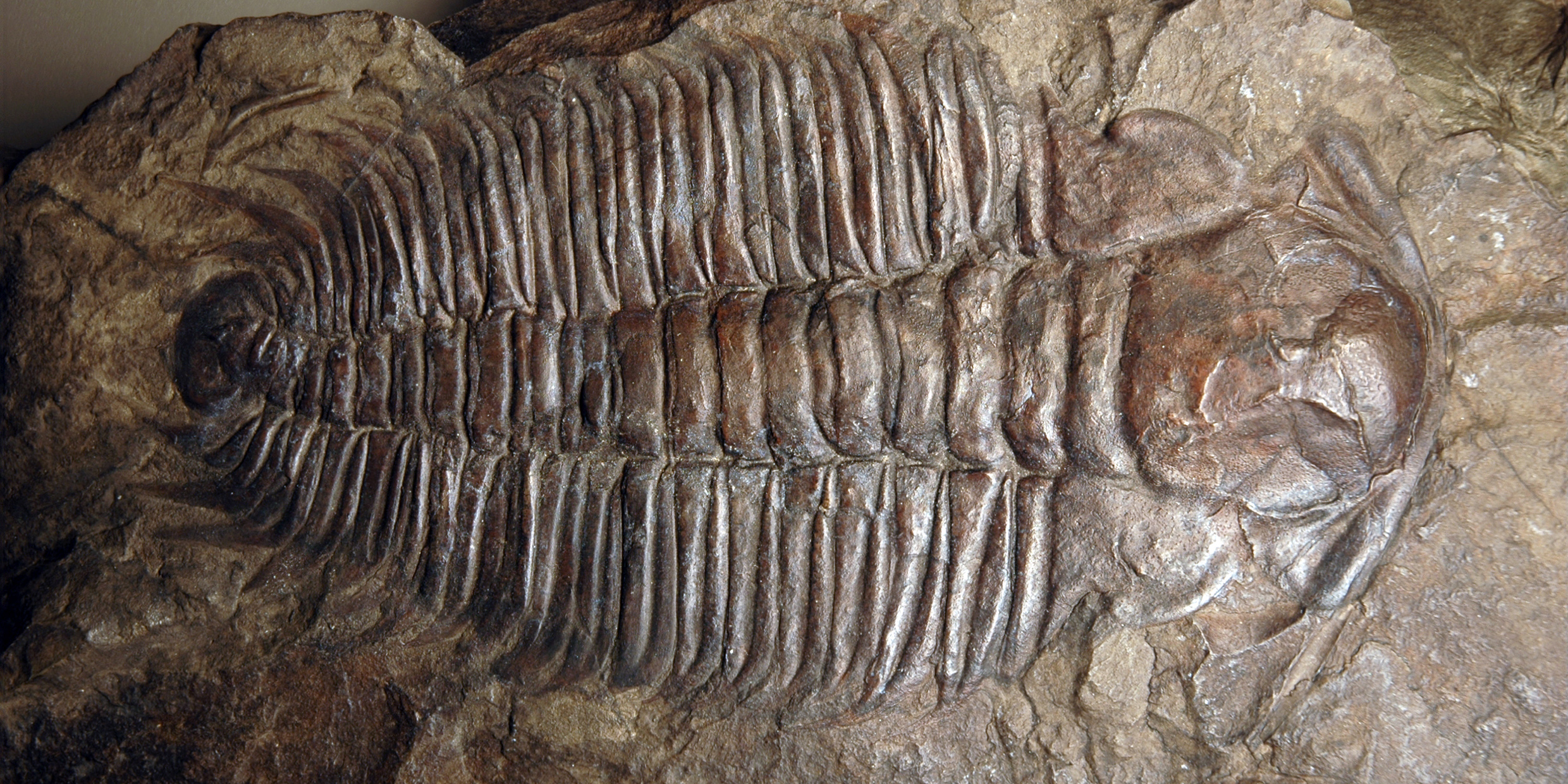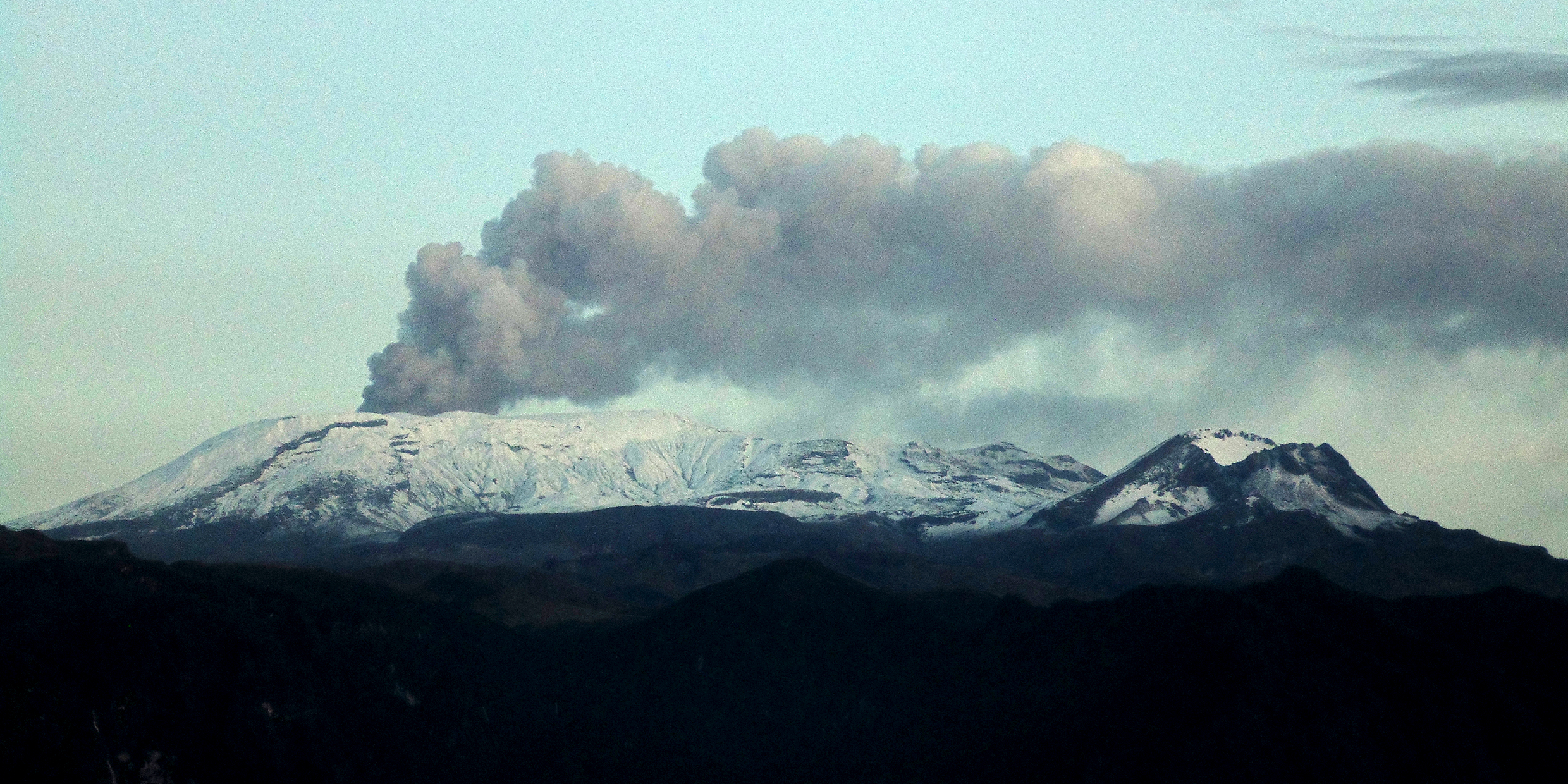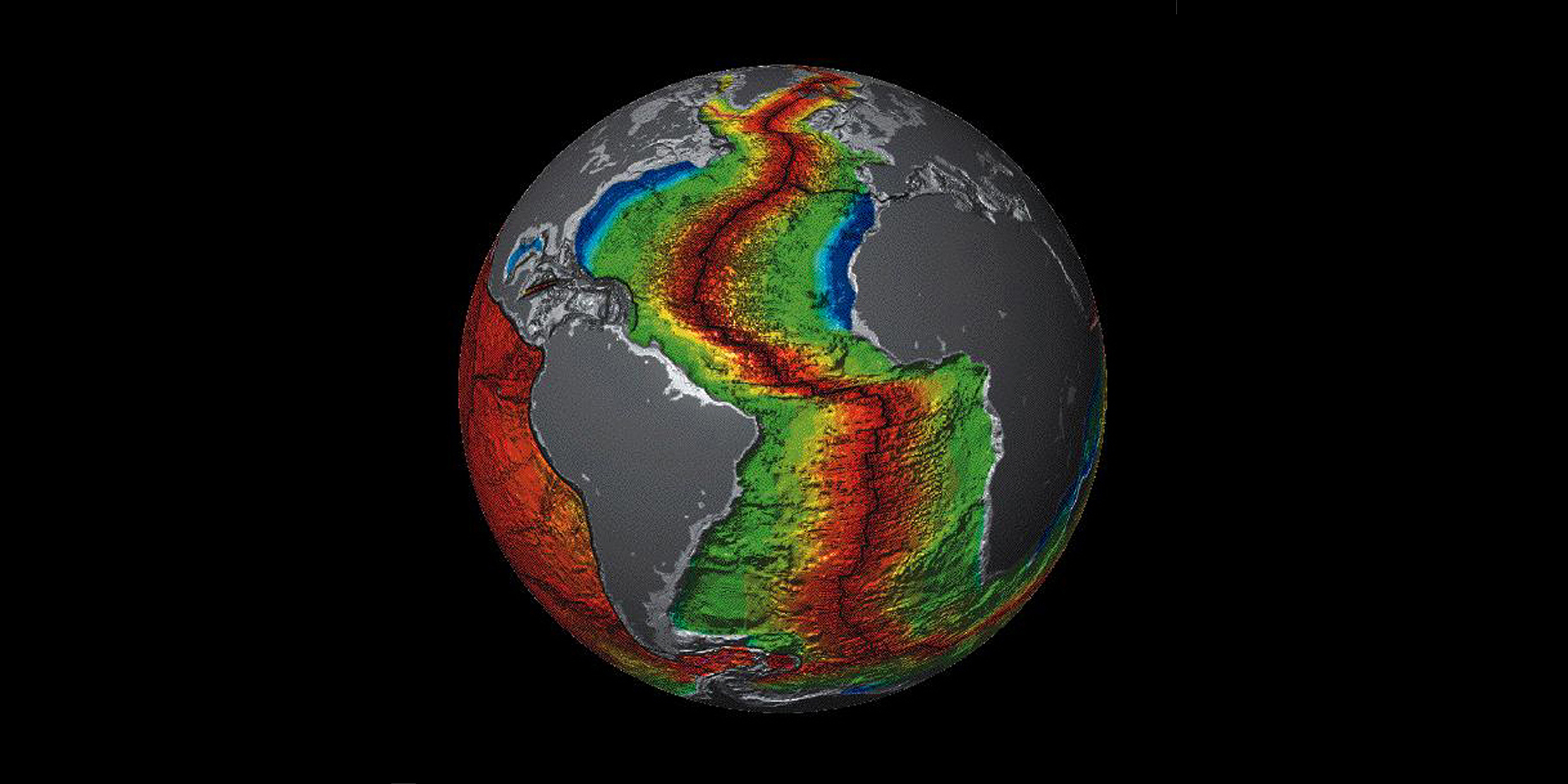On December 21, 1620, the Pilgrims alighted from the Mayflower at Plymouth, and according to tradition made their landfall on a rock that has become enshrined in American folklore. Plymouth Rock, like the Pilgrims themselves, was a traveler to the Massachusetts shore, a boulder plucked up by moving ice at a location far to the north and dropped at the place where the Pilgrims found it.
Geology
Chalk talk
In the summer of 1868, the British Association for the Advancement of Science held its annual meeting in the town of Norwich, 90 miles northeast of London. At that meeting, Thomas Henry Huxley, one of the greatest natural historians of his day and a champion of Darwin’s new theory of evolution, delivered a talk entitled “On a Piece of Chalk.” His audience was the ordinary workingmen of the town.
Icons of nature’s design
They are “the cosmically charged cornerstones upon which the great pyramids of Egypt were built.” They are “natural superconductors through which a universe of enlightenment passed to the lost continent of Atlantis.” They are crystals, and if you know how to use them they can make you healthy, wealthy, and wise.
Recreating a prehistoric landscape
As the writer John McPhee has pointed out, geologists inhabit scenes that no one ever saw — mountains, forests, rivers, and archipelagos long vanished from the face of the Earth. No, not vanished — almost vanished.
Glacier disasters
Alaska’s majestic Hubbard Glacier is on the move. An advancing tongue of ice has sealed off the mouth of the Russell Fjord, blocking its connection with the sea. The fjord has has become a 32-mile-long lake contained behind an ice dam, and the level of the lake is rising.
Traces of ice age in ocean debris
In recent years, geologists have made spectacular progress discovering the Earth’s past climate. In particular, they have established a reliable chronology for the ice ages.
Paradox of Paradoxides
Boston, Charlotte, N.C., St. John’s, Nova Scotia, Wexford, Ireland, and Holyhead, Wales, have something in common. All are situated on rocks that contain the fossils of a certain extinct trilobite, or marine arthropod, that are found nowhere else.
Predicting quakes
The recent earthquake near Cleveland, Ohio, and New York City are reminders that no part of the Earth’s surface is free from the danger of quakes.
Life precarious on crustal cracks
For a year the mountain had been unquiet. Smoke, rumblings, and tremors signaled that pressure was building inside the peak. Then, on the evening of Wednesday, November 13, Nevado del Ruiz blew its top.
Consider the drift
Humans have an appetite for the fabulous. Once that appetite was satisfied by unicorns, hippogriffs, mermaids, or monsters. Today, more often than not, it is satisfied by UFOs, abominable snowmen, and other pseudo-scientific phenomena.
